Growing our Farmed Bucephalandra Collection
Ever since the inception of our love affair with this beautiful epiphyte, we have been tirelessly searching for an alternative to wild harvested Buce. In order to ensure the survival of this beautiful species, we have teamed up with a network of reputable nurseries that share our vision.
We are proud to present Buce Plant's Farmed Buce. This collection of farmed Bucephalandra is the result of years of research combined with tedious trial and error. The process began in a tissue culture lab, where the plant had to be stabilized into a growing colony. This process takes years of development because Bucephalandra is an extremely slow growing plant that can be difficult to grow in a sterile agar environment. After the tissue culture colony has been stabilized, individual plants can then be transferred into a water-wise hydroponic grow out system. The result is a safe, sustainable and eco-friendly pot of leafy elegance. Unlike their jungle collected counterparts, Buce Plant’s Farmed Buce is healthy with clean and consistent leaves. The environmentally conscious hobbyist can continue to enjoy this plant without the guilt associated with purchasing wild harvested plants.
So what's the difference? Bucephalandra is most readily available in 3 different forms: wild harvested, tissue culture and more recently, farmed. Wild harvested Bucephalandra is detrimental to the environment in which the beautiful little plant thrives in, in the long run. Tissue culture plants are grown in-vitro in specialized labs and are guaranteed to be snail, pest, and algae free. This form offers very young aquatic plants grown in their emergent form. Farmed Bucephalandra is grown naturally in safe environments and is carefully cultivated resulting in a consistent growth pattern and more importantly an eco-friendly solution for buce lovers.
Tissue culture is the easiest to distinguish amongst the three options as the little cups contain the gel-like substance around the roots of the aquatic plant. But how do you tell the difference between farmed, eco-safe buce and wild buce? Here are some things you should look for when inspecting your newly purchased buce!
If your Buce is farmed, it should present uniform leaf shape and clean roots. Wild Bucephalandra generally features inconsistent leaves and tend to have entangled roots that may include natural debris and a mix of different aquatic plants that have intertwined with it over time.
All Buce is beautiful, but we hope this short guide has helped you learn something new and encourages you to purchase farmed buce instead of the latter. Wild Buce is great, but we believe it's best to leave it in the wild where it belongs as much as possible. Help us inspire others to support sustainable practices so we're able to enjoy the hobby we all share in a better way.
Now go check out some of our new collection below! Enjoy. :P
Or, you can click here to browse our entire catalog of farmed Buce!
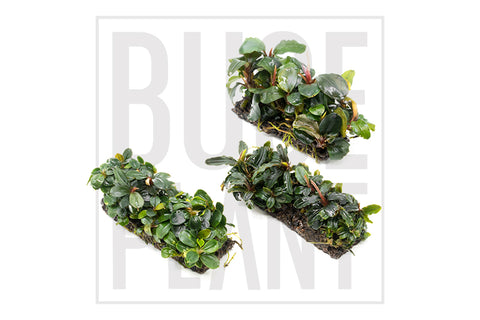
Bucephalandra Variegated Marble

Bucephalandra Godzilla on Lava Stone
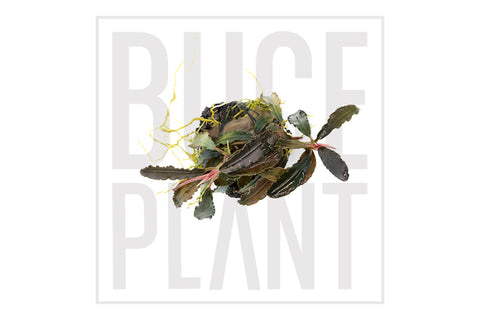
Bucephalandra Red Mini on Lava Stone
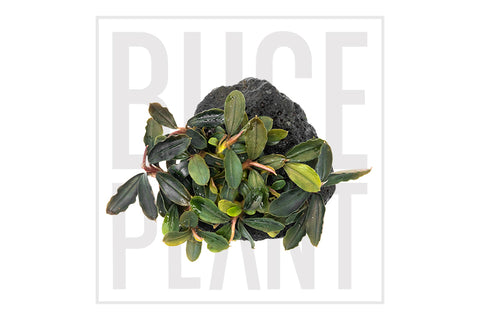

Tell us - Was this article helpful? Please leave a comment below!
If you have any questions regarding this article, please DM us on Instagram, Facebook, or email support@buceplant.com so we can assist you - @buceplant





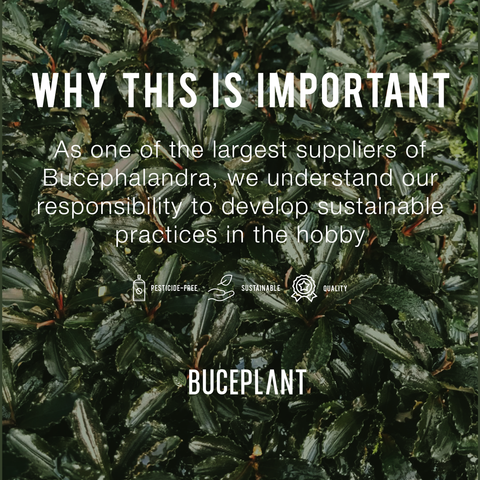
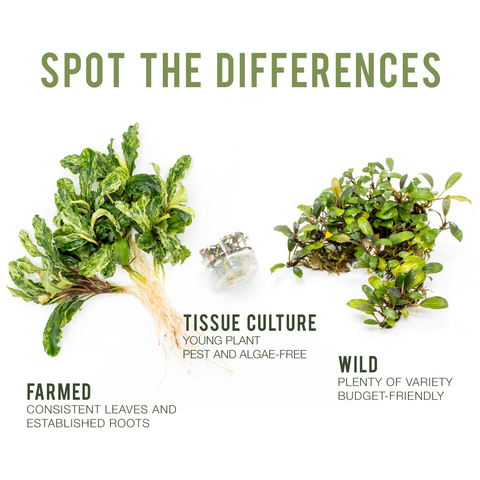
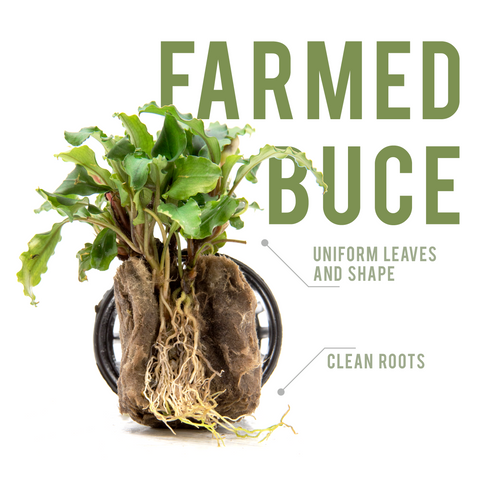
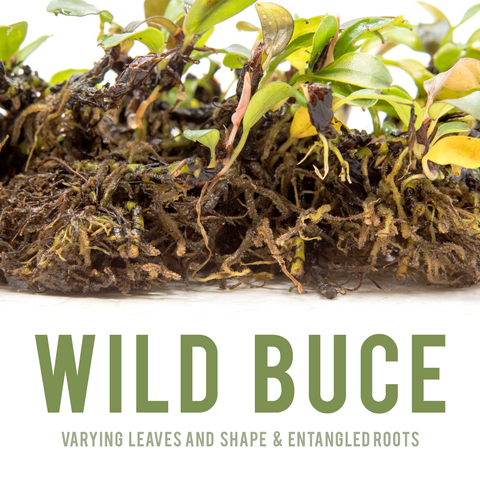
Comments
Leave a comment